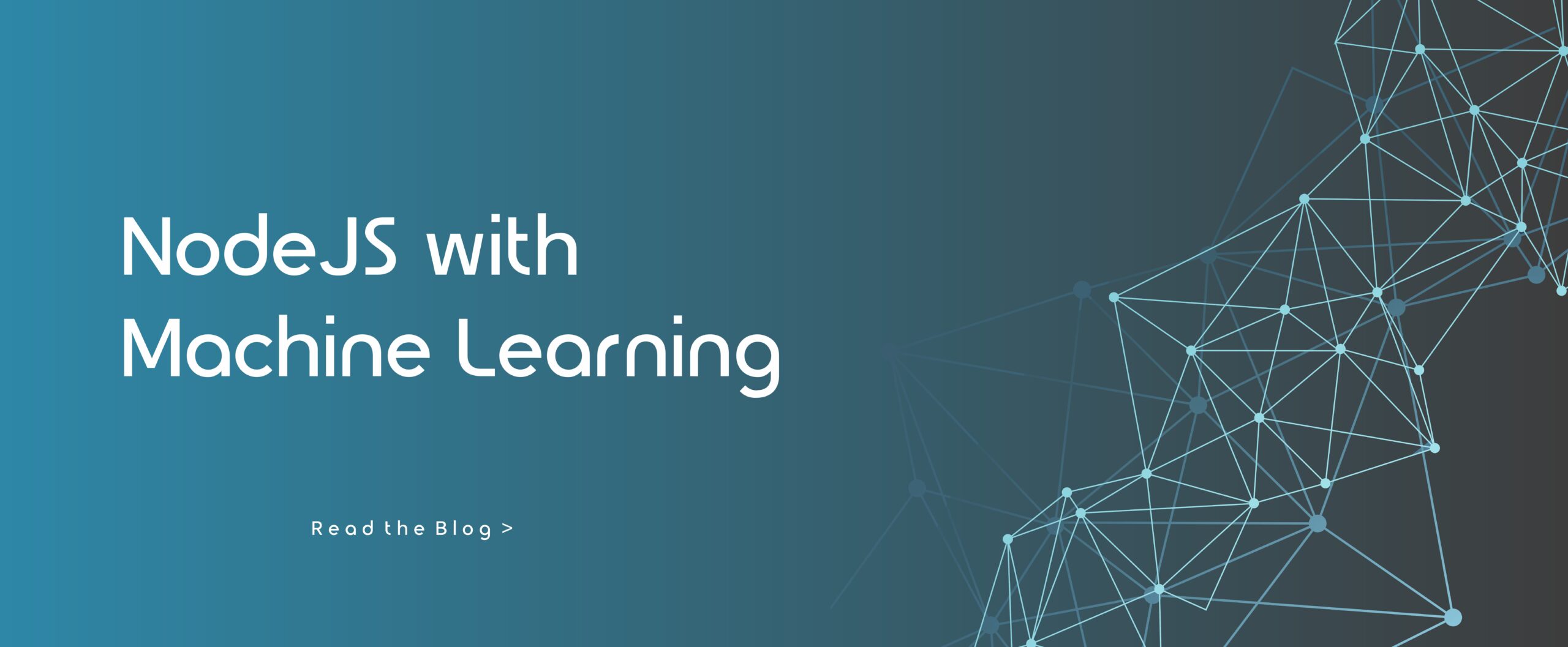In the rapidly evolving tech landscape, the fusion of NodeJS and machine learning (ML) stands as a beacon of innovation, offering boundless possibilities. NodeJS, renowned for its scalability and versatility in server-side applications, coupled with the data-crunching prowess of ML, presents an exciting avenue for developers. In this in-depth exploration, we’ll dive into the practical applications of integrating NodeJS with machine learning, offering real-world examples and invaluable insights into maximizing this synergy for transformative outcomes.

Understanding the Fusion: NodeJS and Machine Learning
NodeJS boasts an event-driven architecture and non-blocking I/O model, making it a favorite for building responsive server-side applications. Machine learning, on the other hand, empowers systems to glean insights from data and make informed decisions autonomously. By integrating these technologies, developers can craft intelligent applications capable of real-time data analysis and decision-making.
Practical Examples of NodeJS and Machine Learning Integration
Real-time Sentiment Analysis in Chat Applications:
- Scenario: Picture a customer service chat app where gauging user sentiment is pivotal for effective support.
- Integration: NodeJS manages real-time communication while a sentiment analysis ML model deciphers user messages.
- Benefits: Automatic sentiment-based routing enhances user experience and service efficiency.
Predictive Maintenance in IOS system
- Scenario: In an IoT ecosystem, predicting equipment failures before they occur is key to minimizing downtime.
- Integration: NodeJS orchestrates device-server communication, while ML predicts maintenance needs.
- Benefits: Proactive maintenance scheduling reduces costs and optimizes operational efficiency.
Personalized Content Recommendations:
- Scenario: Content platforms aim to enhance user engagement through personalized recommendations.
- Integration: NodeJS delivers content, and ML algorithms analyze user behavior for tailored recommendations.
- Benefits: Enhanced user engagement and revenue through targeted content delivery.
Best Practices for Integration
- Modular Architecture: Adopt a modular approach to separate concerns between NodeJS application logic and ML components.
- API-Based Communication: Utilize RESTful APIs or GraphQL for seamless communication between NodeJS and ML models.
- Continuous Integration and Deployment (CI/CD): Implement CI/CD pipelines for automated testing, deployment, and monitoring.
Conclusion
Integrating NodeJS with machine learning offers a gateway to building intelligent applications that adapt and make data-driven decisions in real time. By harnessing this synergy, developers can drive innovation across various domains, from revolutionizing customer service experiences to optimizing industrial operations. Embrace the fusion of NodeJS and machine learning to unlock new realms of possibility and shape the future of technology.
In this comprehensive exploration, we’ve uncovered the practical applications of integrating NodeJS with machine learning, providing real-world examples and insights for leveraging this fusion effectively. Whether you’re embarking on building real-time chat applications, IoT systems, or personalized content platforms, harnessing the power of NodeJS and machine learning can elevate your projects to new heights of intelligence, efficiency, and innovation.

